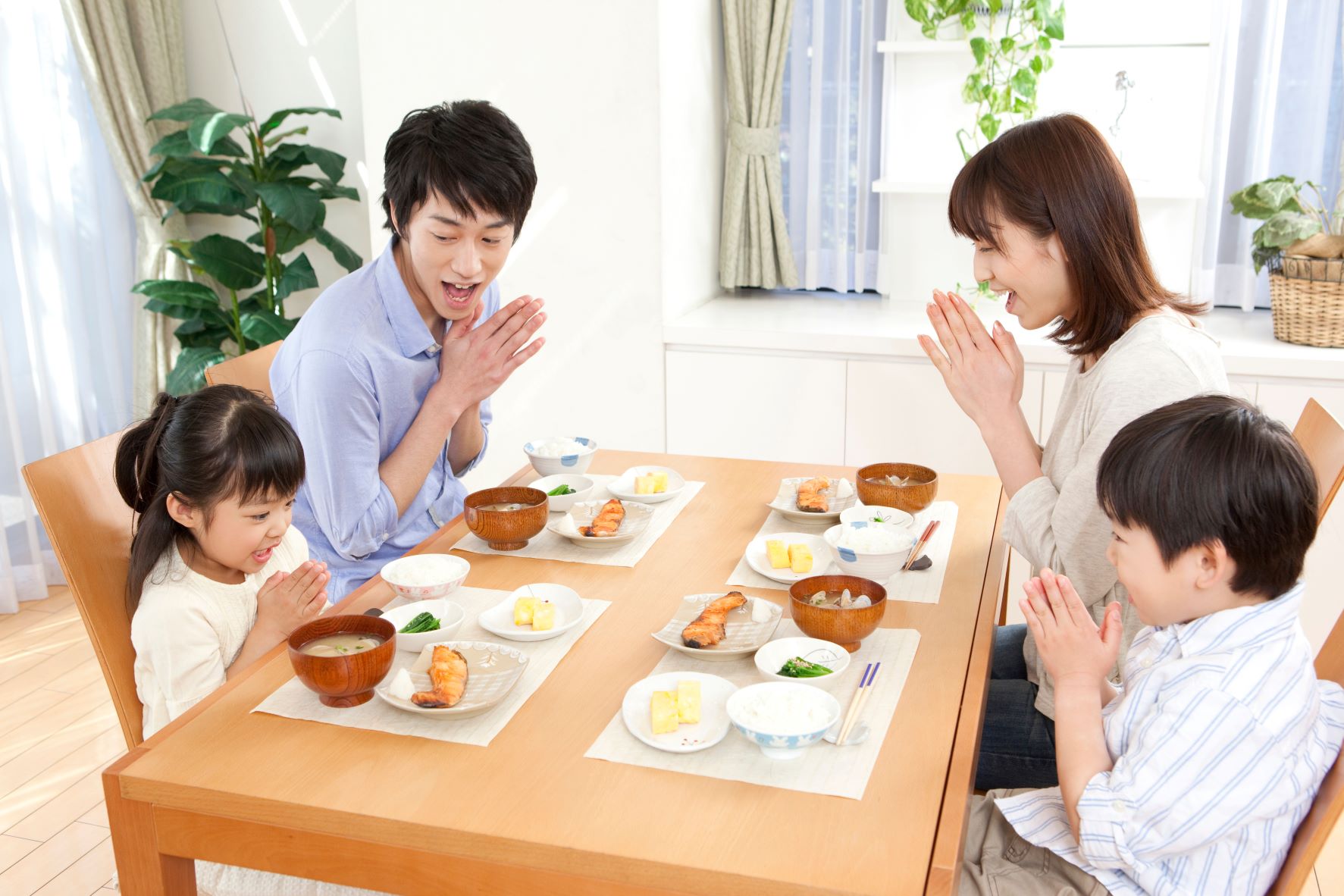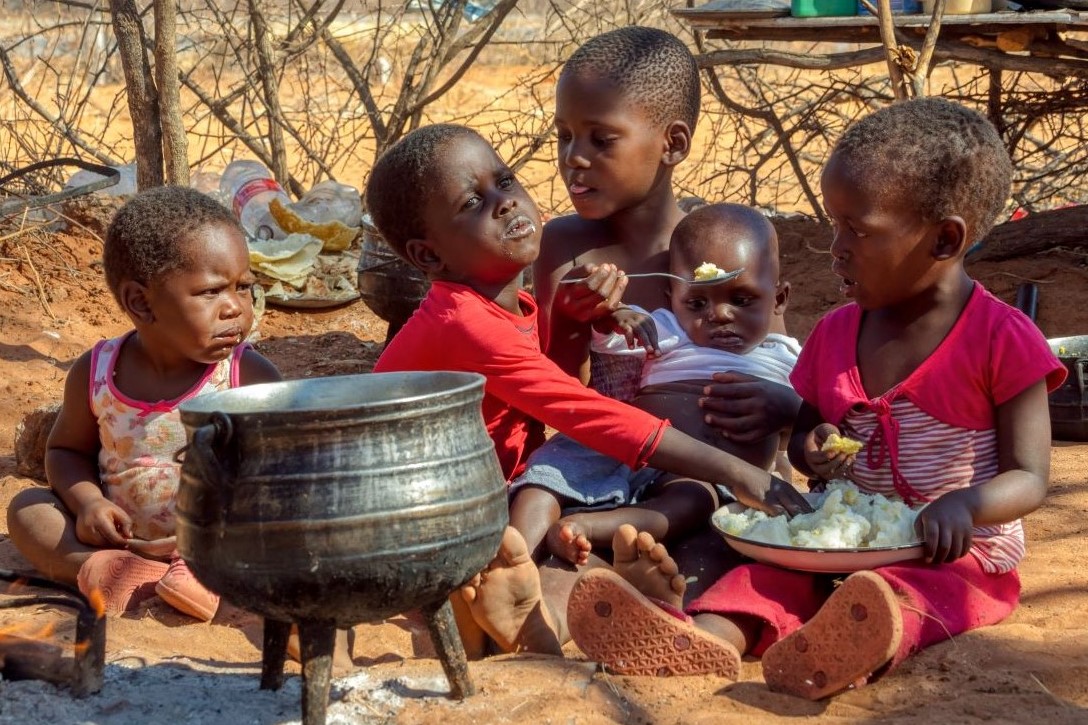
Today’s GOALS
Let’s have a look at the goals for today.
“No Poverty” is the topic of this unit.
“No Poverty” is the topic of this unit.
Today’s Goals
■ Learn the vocabulary and expressions related to poverty
■ Get to know and share your thoughts on the world’s poorest countries
■ Deepen your knowledge of poverty by reading passages
Part A Self introduction

Part A_1 Self introduction
Let’s introduce ourselves to each other.
My name is ________. What is your name?
Part A_2 Self introduction
I am ________. Nice to meet you.


Part A_3 Self introduction
Nice to meet you too, ________.
In this lesson, we will learn about the SDGs. As this is our first time discussing this topic, let us first define the SDGs.
In this lesson, we will learn about the SDGs. As this is our first time discussing this topic, let us first define the SDGs.
Part B Reading
Review what the SDGs are

Part B_1 Reading
Please read aloud the passage below.
Part B_2 Reading
What are the SDGs?
The Sustainable Development Goals (SDGs) were adopted by the United Nations in 2015 as a universal statement to end poverty, protect the environment, and ensure that people enjoy peace and prosperity by 2030. There are 17 SDG themes, each trying to balance social, economic, and environmental sustainability.


Part B_3 Reading
I will ask the following questions. Please answer based on the passage.

Part B_4 Reading
| 1. | What does the “SDGs” stand for? |
Part B_5 Reading
| The “SDGs” stands for the S____________ D____________ G____________s. |


Part B_6 Reading
| 2. | What are the goals of the SDGs? |
Part B_7 Reading
| The Goals are ____________________________________. |


Part B_8 Reading
Now, let’s review your answers.
Part B_9 Reading


Part B_10 Reading
Now, is it clear what the SDGs are? Do you have any questions?
In the next part, we are going to learn about “No Poverty”.
In the next part, we are going to learn about “No Poverty”.
Part C Description
Get to know other countries’ situations

Part C_1 Description
Find out where the Central African Republic is located.
| 1. | Where is the Central African Republic? A, B or C? |
Part C_2 Description
| The answer is _________. |


Part C_3 Description
Please look at and study the pictures below. These are pictures from Japan and the Central African Republic. I will ask you a question.
(Give the student at least 20 seconds to study both pictures.)

Part C_4 Description
| 2. | What can you see in the pictures? Please describe as many as you can from each picture. |
|
|
|
Part C_5 Description
| Answer: |


Part C_6 Description
Now, let’s review your answers.
Part C_7 Description


Part C_8 Description
Did you get any images of poverty? If you have anything you don’t know well, please keep researching after the lesson.
Part D Vocabulary
Learn the vocabulary and phrases related to the topic

Part D_1 Vocabulary
We’ll read aloud the words and sample sentences below. Please repeat after me. I will check your pronunciation.
Part D_2 Vocabulary
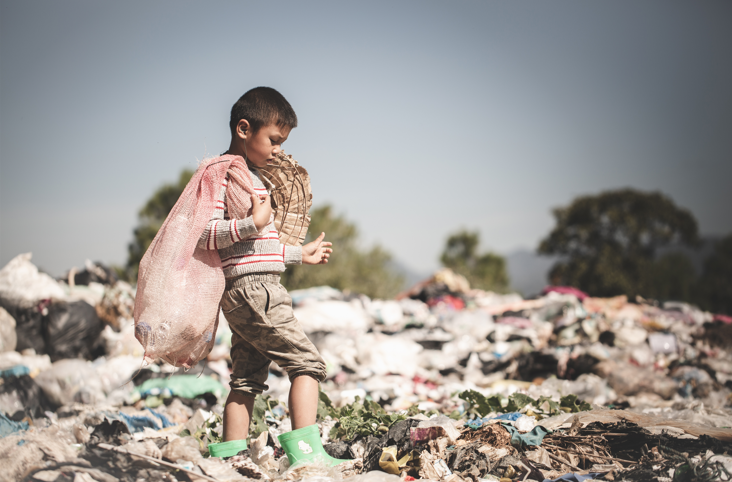
|
poverty 貧困
It is difficult to get enough food and water in poverty.
|
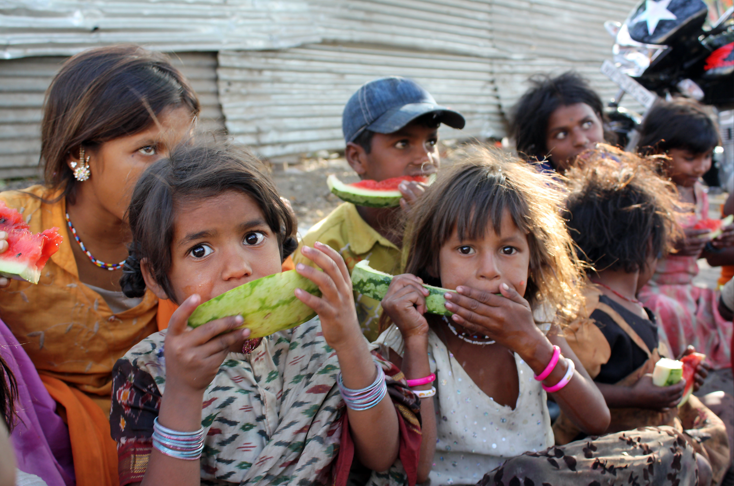
|
starve 飢える
Whole communities starved to death during the long drought.
|

|
conflict 紛争
A local war may turn into a major conflict.
|
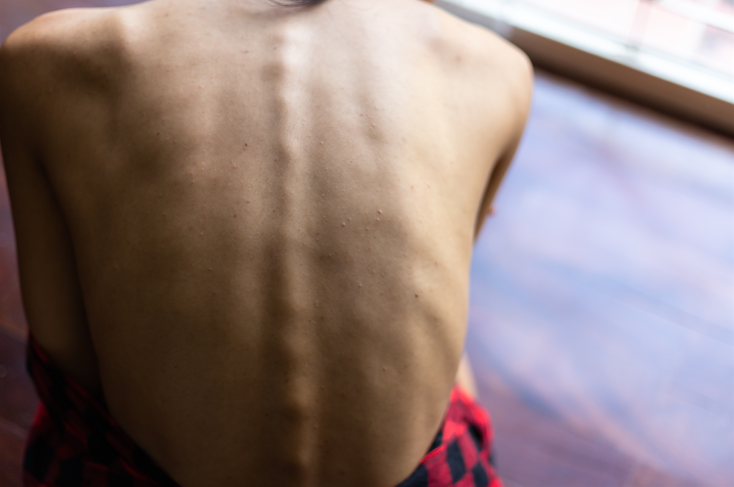
|
malnutrition 栄養失調
Not getting enough food and water results in malnutrition.
|

Part D_3 Vocabulary
Now, let’s review some words from part D_2.
(Please review the mispronounced words and expressions from part D_2.)
Part D_4 Vocabulary


Part D_5 Vocabulary
Please look at the pictures below. Now, fill in the blanks with the words you learned and read aloud the complete sentences.
(Please give the student time to answer.)
Part D_6 Vocabulary
| 1. | Because of _______________, some children do not have the chance to go to school. |
| 2. | Many people will _______________ if food doesn’t reach the city. |
| 3. | Countries need to avoid _______________ as much as possible. |
| 4. | Many of the children showed signs of _______________ in Sub-Saharan Africa. |


Part D_7 Vocabulary
Now, let’s review your answers.
Part D_8 Vocabulary


Part D_9 Vocabulary
Do you have any questions about the meaning of words?
Then, let’s move on to the next part.
Then, let’s move on to the next part.
Part E Reading
Learn the facts about the topic and the countries that are related to it

Part E_1 Reading
Please read aloud the first passage below.
Part E_2 Reading
Global consumer percentage per day
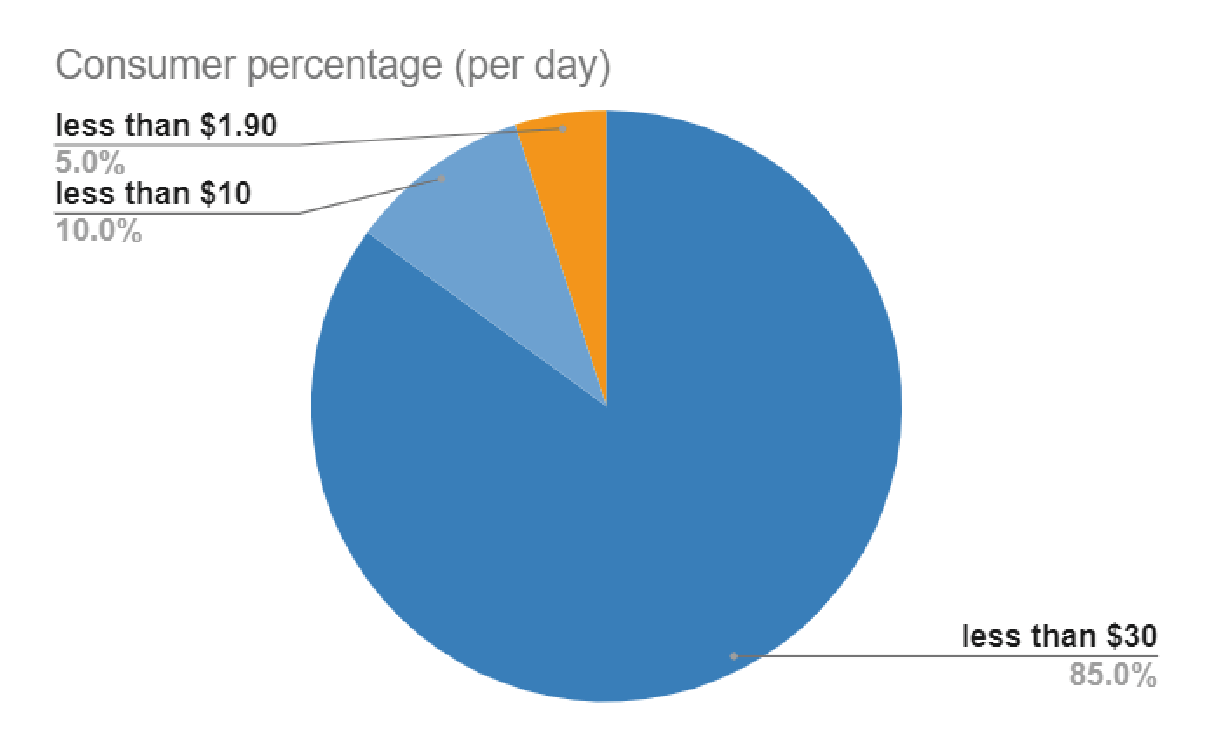
The number of people living in extreme poverty has decreased from 36 percent to 10 percent in 25 years. However, more than 700 million people still lack basic needs such as health care, education, and access to clean water.
It is estimated that living in Japan costs $100 a day, whereas 15 percent of the world’s population lives on less than $10 a day. Among them, those living on less than $1.90 a day are considered to be in extreme poverty.
※$1.90=約217円(2022.2)


Part E_3 Reading
I will ask the following questions. Please answer based on the passage. I will check if the answers are appropriate.

Part E_4 Reading

| 1. | According to the graph, what percentage of the world’s population lives on less than $1.90 a day? |
Part E_5 Reading
| Answer: |


Part E_6 Reading
| 2. | How is a person considered to be in extreme poverty? |
Part E_7 Reading
| Answer: |


Part E_8 Reading
Please read aloud the second passage below.
Part E_9 Reading
The causes of poverty
As of 2020, around 10 percent of the world’s population lives in extreme poverty. Listed are its top causes.
1. Hunger
If people do not get enough nutrition, they will not have the energy to work. A lack of access to food can also lead to malnutrition and illnesses. What is worse, they may starve to death.
2. A lack of clean environment and poor healthcare systems
Dirty water causes a variety of diseases. Women and girls in rural communities must walk for 200 million hours every day to get water.
Malaria and diarrhea are not easily curable in countries with poor healthcare systems. Traveling far to clinics or paying for medicine can push a family into extreme poverty.
There are other causes, such as conflict, poor education, climate change, and so on.


Part E_10 Reading
I will ask the following question. Please answer based on the passage. I will check if the answers are appropriate.

Part E_11 Reading
| 1. | What will happen if people do not get enough nutrition? |
Part E_12 Reading
| Answer: |


Part E_13 Reading
| 2. | In rural communities, whose job is it to get water? |
Part E_14 Reading
| Answer: |


Part E_15 Reading
Now, let’s review your answers.
Part E_16 Reading


Part E_17 Reading
Did you understand the situation and facts of “No Poverty”?
If you have any questions, please ask me.
If you have any questions, please ask me.
Part F Opinion
Think about the topic as your own

Part F_1 Opinion
Please answer the questions below. You can share your opinions.
(It is acceptable even if the student’s answers are not complete sentences. To share his/her opinions is the goal for this part.)

Part F_2 Opinion
| 1. | What would you do if you had only 217 yen ($1.90) a day? |
Part F_3 Opinion
| Answer: |


Part F_4 Opinion
| 2. | Imagine if your parents got sick and you had to work 9 hours a day instead of them. How would you change your lifestyle and how would you feel? |
Part F_5 Opinion
| Answer: |


Part F_6 Opinion
Thank you for sharing your opinions. Let us continue to learn and think about poverty issues, and then take action to solve them.

